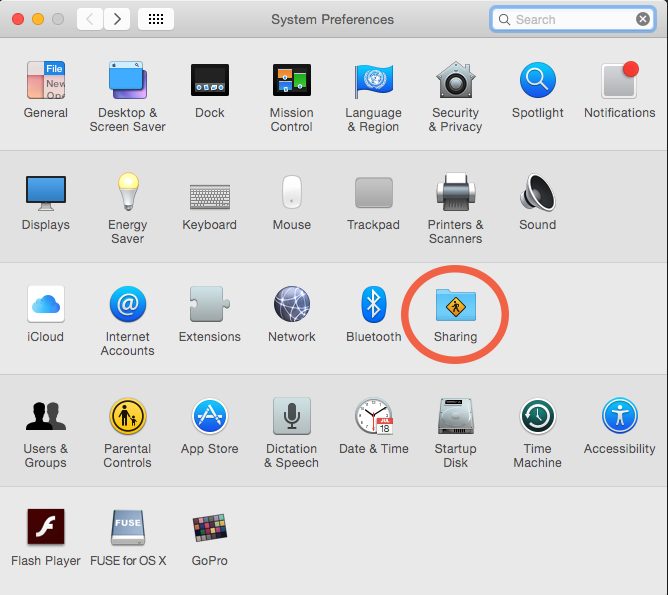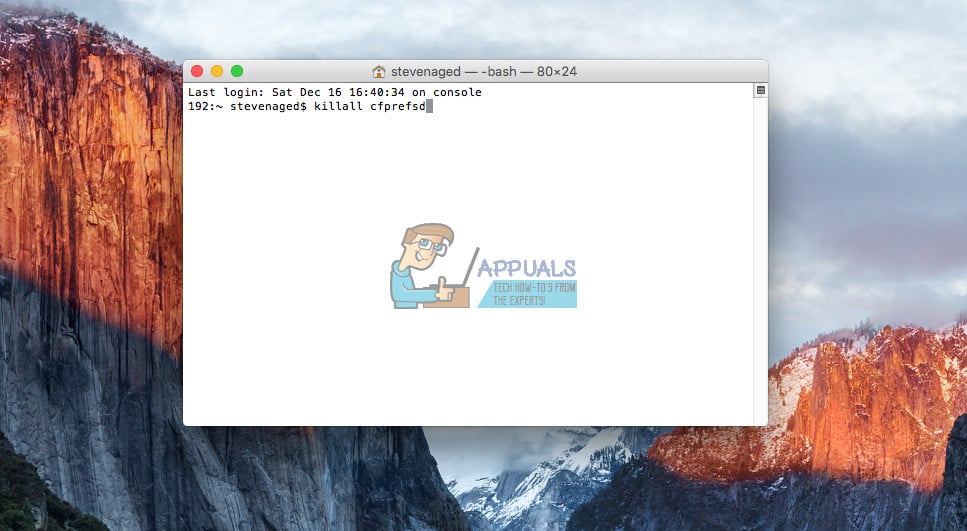

The United States federal government has continuously had a fluctuating public debt since its formation in 1789, except for about a year during 1835–1836, a period in which the nation, during the presidency of Andrew Jackson, completely paid the national debt. public debt, measured as a percentage of GDP, held by the public since 1900. 9.6 Recent additions to the public debt of the United States.7.2 Concerns over Chinese holdings of U.S.6.2 CBO ten-year outlook 2020–2030 (during the COVID-19 pandemic).
Error code 17900 outlook for mac full#
3.2 Raising reserve requirements and full reserve banking.2.7 Calculating the annual change in debt.
Error code 17900 outlook for mac mac#


At the end of 2020, debt held by the public was approximately 99.3% of GDP, and approximately 37% of this public debt was owned by foreigners. Īs of August 31, 2020, federal debt held by the public was $20.83 trillion and intragovernmental holdings were $5.88 trillion, for a total national debt of $26.70 trillion. The aggregate, gross amount that Treasury can borrow is limited by the United States debt ceiling. In recent decades, aging demographics and rising healthcare costs have led to concern about the long-term sustainability of the federal government's fiscal policies. For example, debt held by the public as a share of GDP peaked just after World War II (113% of GDP in 1945) but then fell over the following 35 years. The ratio of debt to GDP may decrease as a result of a government surplus or via growth of GDP and inflation. public debt as a share of gross domestic product (GDP) increases during wars and recessions and then subsequently declines. Debt held by government accounts represents the cumulative surpluses, including interest earnings, of various government programs that have been invested in Treasury securities.

In general, government debt increases as a result of government spending and decreases from tax or other receipts, both of which fluctuate during the course of a fiscal year. In a deficit year the national debt increases as the government needs to borrow funds to finance the deficit, while in a surplus year the debt decreases as more money is received than spent, enabling the government to reduce the debt by buying back some Treasury securities. The terms "national deficit" and "national surplus" usually refer to the federal government budget balance from year to year, not the cumulative amount of debt. The national debt at any point in time is the face value of the then outstanding Treasury securities that have been issued by the Treasury and other federal government agencies. The national debt of the United States is the total national debt owed by the federal government of the United States to Treasury security holders.


 0 kommentar(er)
0 kommentar(er)
